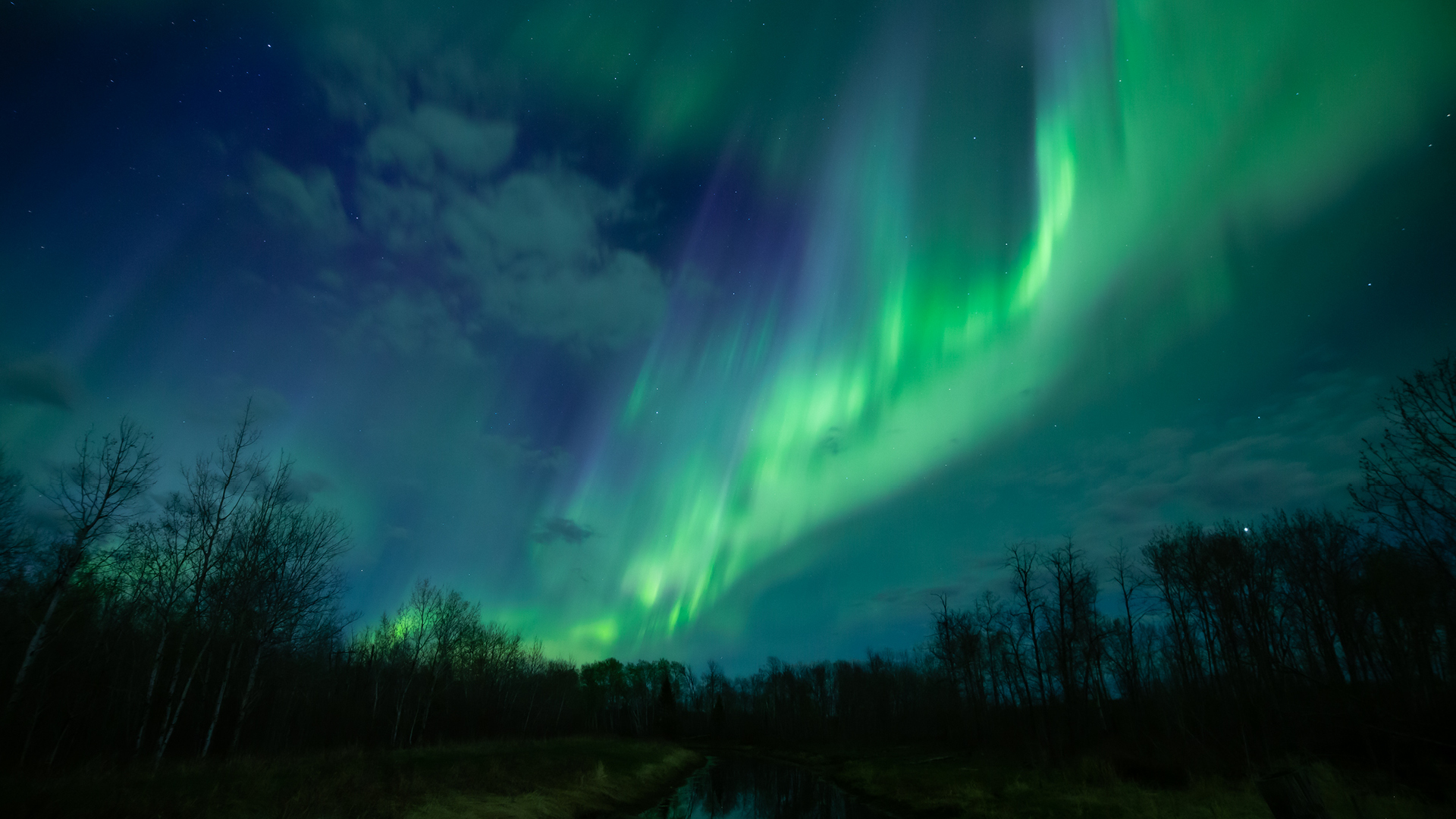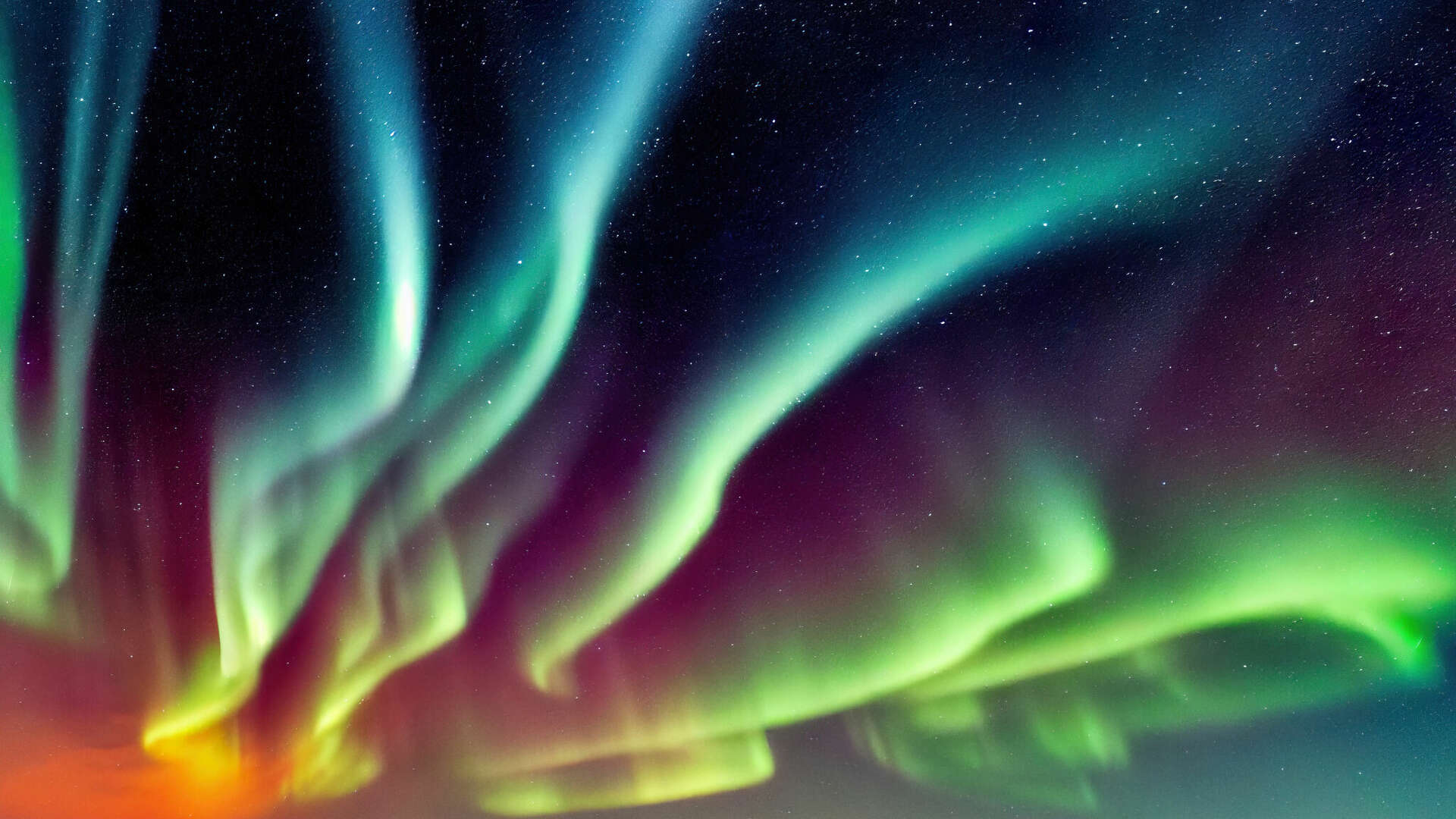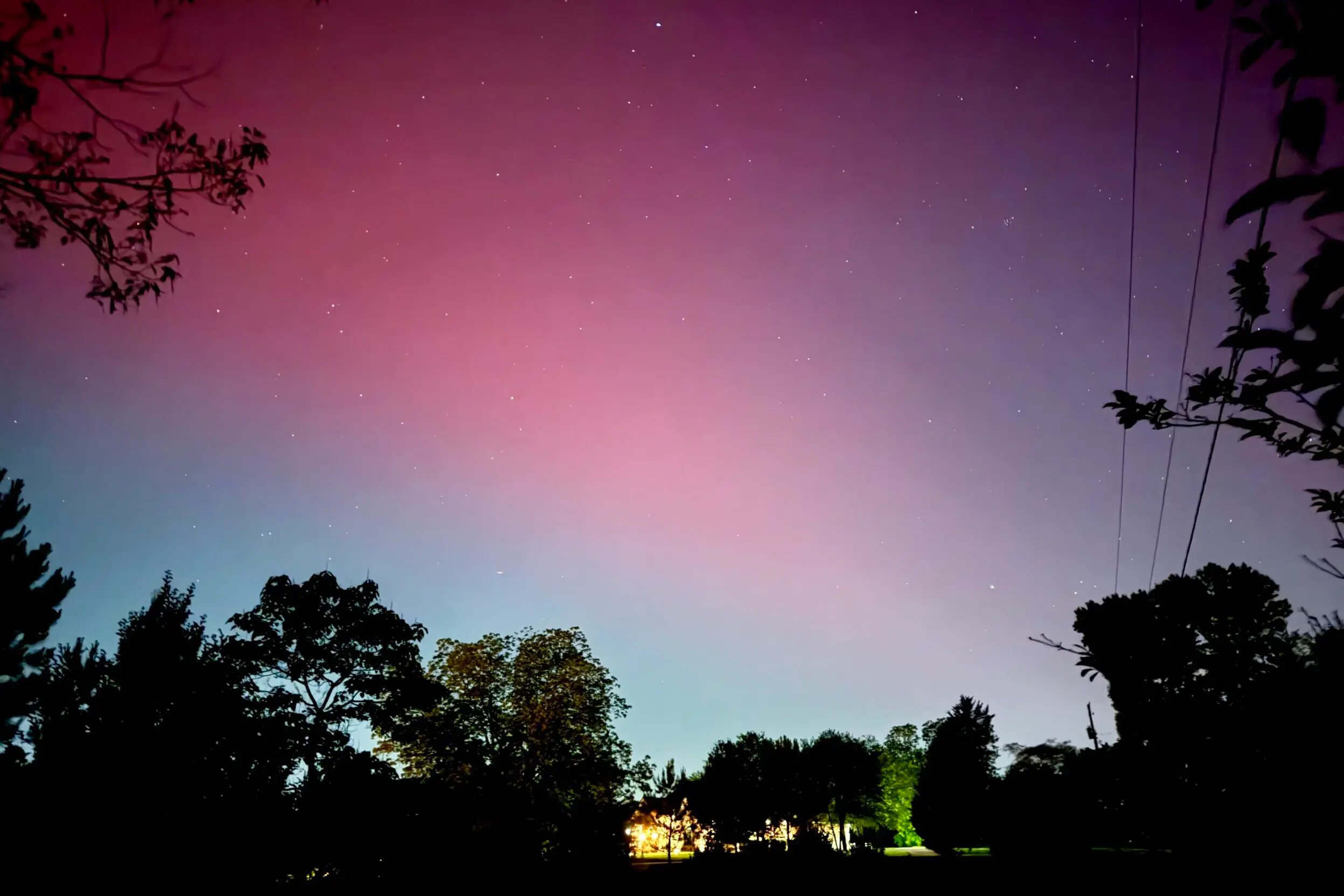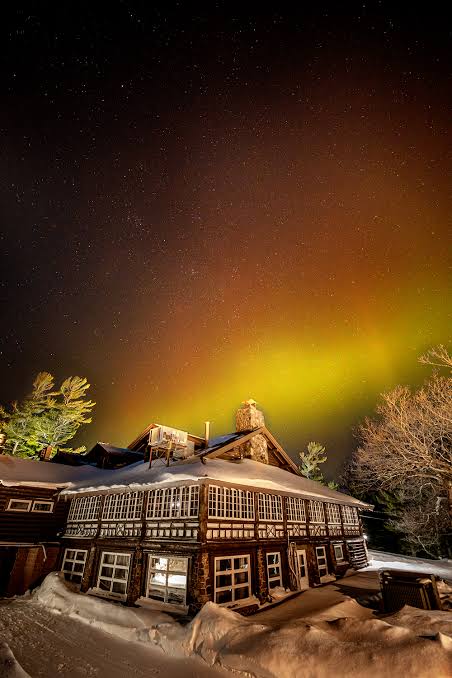Tonight, the skies over parts of the United States could come alive with the ethereal beauty of the Northern Lights, also known as the aurora borealis. Typically confined to the northernmost regions of the globe, this natural light show has the potential to extend its reach due to increased solar activity, offering residents in at least ten U.S. states a rare opportunity to witness this celestial phenomenon.
## The Science Behind the Northern Lights
The Northern Lights occur when particles from the sun collide with Earth’s magnetic field. During these interactions, solar particles excite atoms and molecules in Earth’s atmosphere, particularly oxygen and nitrogen, causing them to emit light. This light manifests in waves of green, purple, pink, and red that ripple and pulse across the sky, creating a scene that resembles a cosmic dance. The aurora borealis is most visible around the polar regions due to Earth’s magnetic field, which channels the solar particles toward the poles. However, during periods of heightened solar activity—such as a solar storm or coronal mass ejection (CME)—the aurora can extend further south, into regions that seldom see it.
## Which States Could See the Aurora Tonight?
According to space weather experts, tonight’s display could be visible in at least ten U.S. states, including Minnesota, Michigan, Wisconsin, North Dakota, Montana, Maine, New York, Vermont, New Hampshire, and Washington. These states are in higher latitudes, where the likelihood of viewing the aurora is typically greater. However, a strong solar event could potentially increase visibility further south than usual. For states on the fringe of the Northern Lights’ path, it’s essential to check the forecast and sky visibility before planning a viewing.
For those within the forecasted viewing area, the best chance to witness the aurora is in places far from city lights, where darkness enhances the colors and movement of the aurora. Clear skies and limited light pollution are key factors in maximizing the experience, as any ambient light from buildings or streetlights can diminish the intensity of the display.
## Timing and Conditions for Viewing
The aurora borealis is generally best viewed between 10 p.m. and 2 a.m. local time, though this can vary. Tonight, eager skywatchers should keep an eye on solar weather updates, as aurora activity often peaks during these hours but can change depending on geomagnetic conditions. Experts also recommend looking for a clear view of the northern horizon, as this is where the lights will likely be most visible. Binoculars or a camera with a long exposure setting can help capture the colors in detail, though the display is usually visible to the naked eye.
## Tips for Capturing the Aurora
For those hoping to capture the aurora borealis on camera, a few simple tricks can help make the most of this extraordinary moment. Using a DSLR or smartphone with manual settings, set the ISO to a higher value (around 800 to 1600) and use a slow shutter speed (10–30 seconds). A sturdy tripod can help avoid camera shake and ensure clear, vivid photos of the shifting lights. Additionally, dressing warmly and bringing blankets or camping chairs can make the experience more enjoyable as temperatures drop after sunset.
## A Rare Opportunity to Witness Nature’s Spectacle
For those in tonight’s viewing area, this event represents a special opportunity to experience one of nature’s most captivating spectacles. The Northern Lights inspire awe and wonder, reminding us of the complex interactions between Earth and the sun. Whether observed from a quiet forest, a remote lakeshore, or a mountain peak, the aurora borealis promises a connection to the natural world that few other experiences can provide.
As people across these states turn their gaze skyward, the Northern Lights may offer a brief but unforgettable glimpse of the cosmos in motion. For one night, the heavens may seem a little closer, their beauty unfolding in a dazzling display of light and color. Tonight’s celestial dance is a reminder of the power and beauty of the natural world, inviting viewers to pause, look up, and appreciate a timeless marvel.




